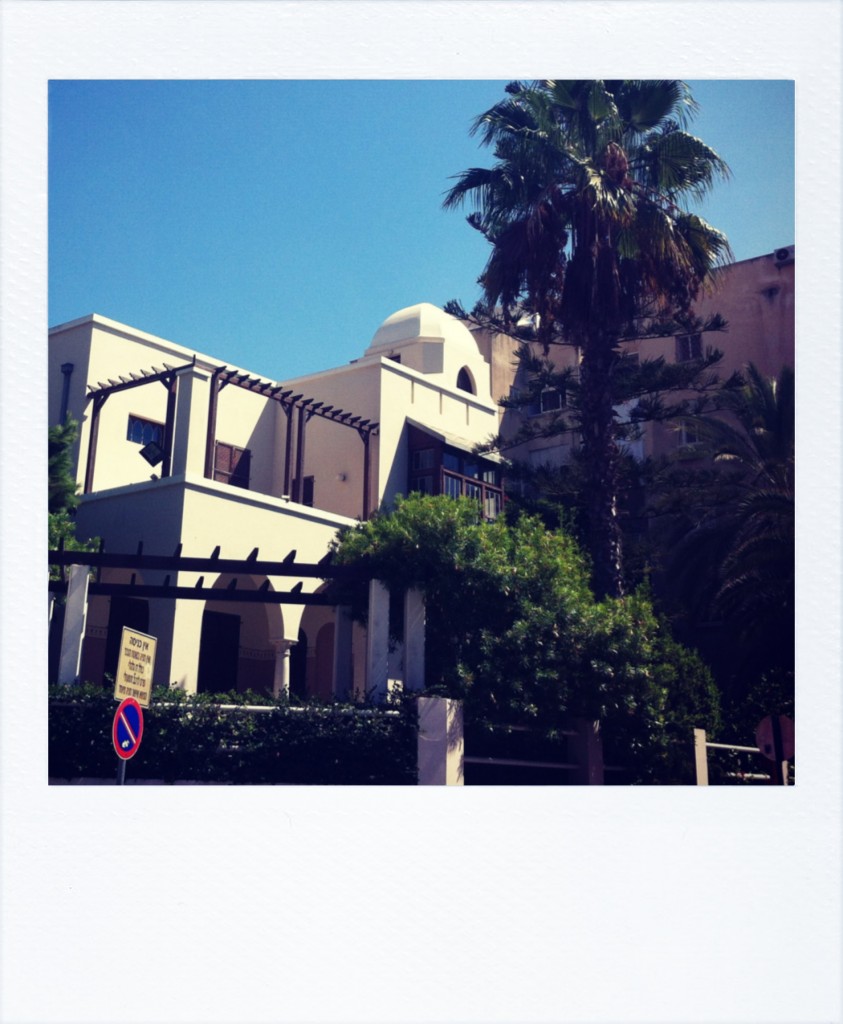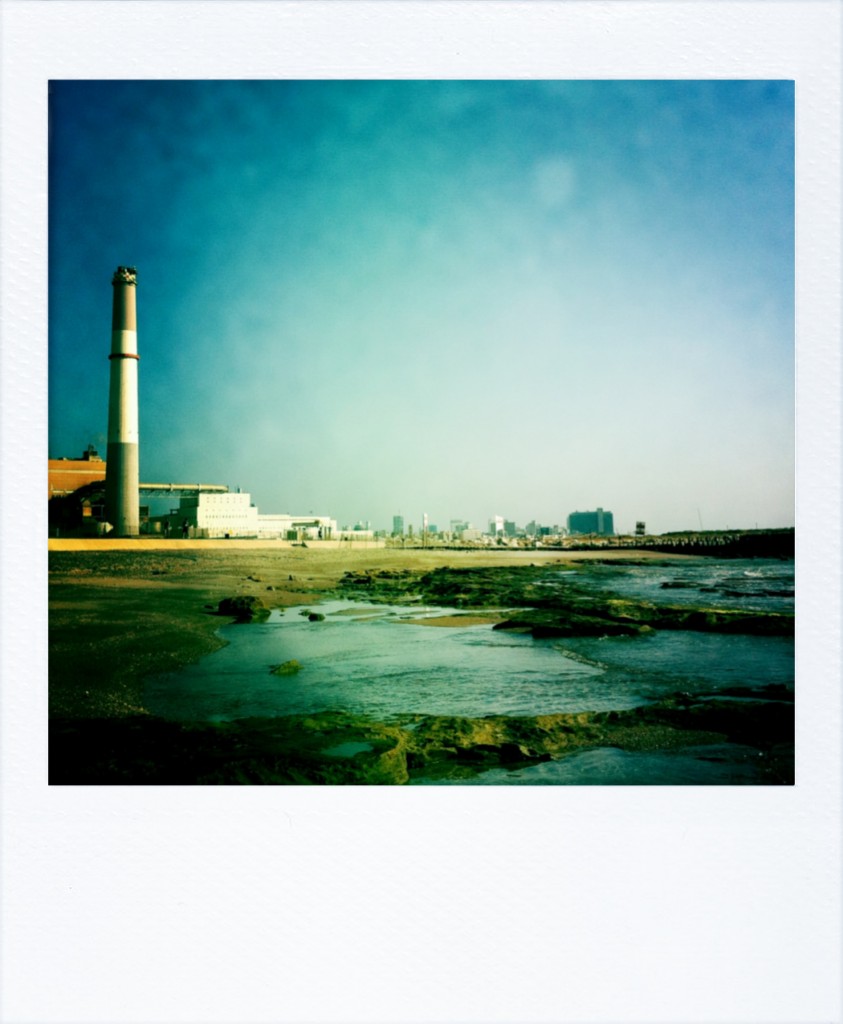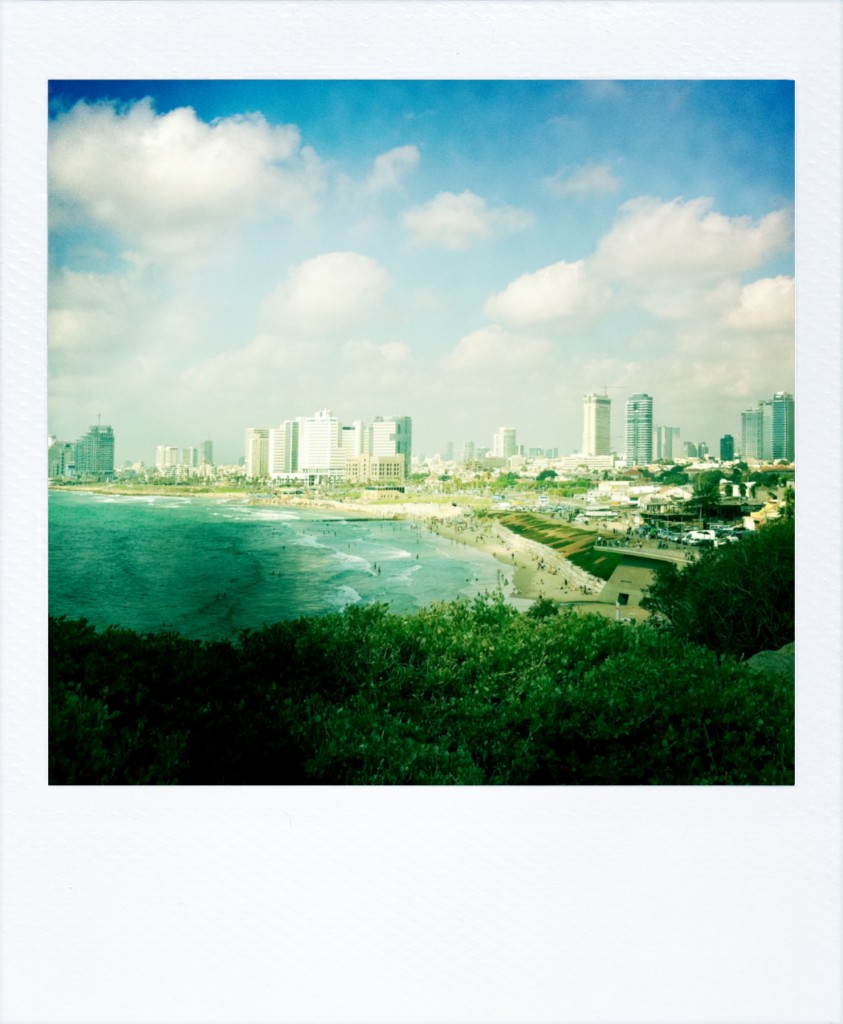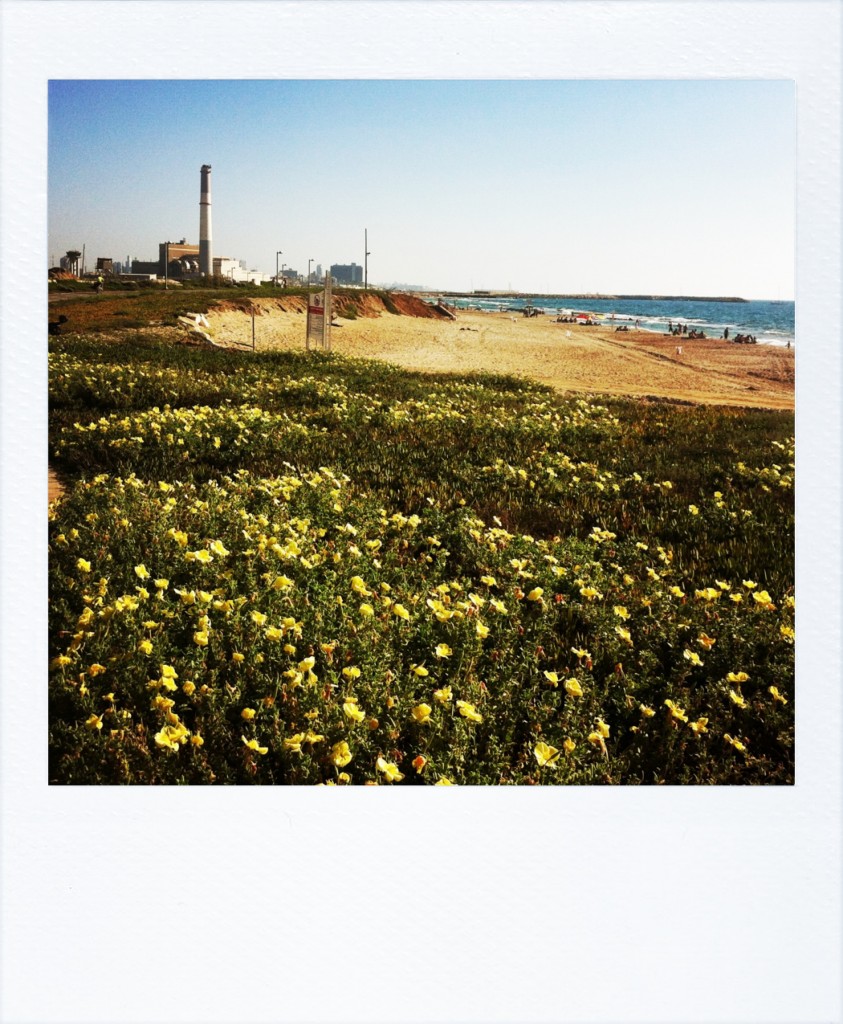C’è una città, alle porte del Medio Oriente, che racchiude in sé tanti mondi, tante epoche storiche e il cui fermento, a partire dal nuovo millennio, la sta affermando a livello mondiale come una delle città più vivaci dal punto di vista architettonico/urbanistico, culturale e turistico.
E’ famosa sia per la mentalità aperta che e le mille realtà che in essa convivono.
E’ stata definita “la città che non dorme mai” – per la vivace vita notturna-, ma anche “la città bianca” – per l’alta concentrazione di case in stile Bauhaus, che qui ha trovato la sua più completa realizzazione tra gli anni 20 e 40 – che l’ha resa per questo patrimonio UNESCO.
Viene anche chiamata “ha-buah”, che in ebraico significa “la bolla” – perché si isola idealmente dal resto di Israele, Paese sì in continua crescita e all’avanguardia da tanti punti di vista, ma che conosce realtà anche contrastanti e problematiche quali quelle delle tensioni coi Paesi vicini.

Stiamo parlando di Tel Aviv. Un meltin’ pot di culture, come il popolo che la abita, di cibi tradizionali e non, di stili architettonici, dove antico e moderno non solo convivono, ma si integrano e valorizzano a vicenda. L’effetto che ne scaturisce è unico nel suo genere.
Non è raro passeggiare tra casette arabe dei primi del Novecento, abitate dagli inglesi durante in mandato britannico e poi alzare gli occhi e ritrovarsi a pochi metri un grattacielo di specchi che svetta imponente, riflettendo però i colori brillanti e abbaglianti del cielo e del mare.


Perdendosi tra le vie del shuk arabo della città vecchia, Yafo o tra la bancarelle del mercato ebraico, il Shuk Ha Carmel, che profumano di spezie e pane appena sfornato, ci si sente in Medio Oriente, ma sul lungomare, incontrando cittadini e turisti che fanno jogging o vanno in bicicletta su apposite piste ciclabili o per correre, prati verdissimi e palme, la sensazione è quella di ritrovarsi a Miami con lunghe spiagge di sabbia bianco-oro da una parte e i grandi alberghi anni ’50 o i nuovi palazzi ultramoderni. E non mancano nemmeno le atmosfere dal fascino postmoderno di alcune costruzioni.


Zone che solo fino a una decina di anni fa erano in stato di semi-abbandono – come il vecchio porto del Nord di Tel Aviv, o il Riding, area della centrale idroelettrica cittadina e di un aeroporto secondario, o la vecchia stazione di Neve Tsedek, così come l’omonimo quartiere stesso, le vecchie case dei Templari che nell‘800 si erano trasferiti a Tel Aviv dalla Germania o molte altre aree, anno dopo anno, con l’impegno di un programma di rivalutazione e rivalorizzazione urbana, focalizzata al cittadino e insieme al rispetto del patrimonio storico-architettonico, sono diventate rispettivamente zone ricreative dove vivere la città tra caffè, negozi, locali notturni o semplicemente passeggiare, godersi il mare, sentire il profumo della salsedine, il vento…fermarsi su una panchina e leggere un libro o guardare la gente che passa.
Eventi culturali, mostre, installazioni permanenti di giovani artisti, concerti e opere liriche all’aperto nel parco contribuiscono a dare vita a Tel Aviv.


Quando mi si chiede perché amo tanto questa città, rispondo sempre con una frase in ebraico: “yesh avirà tovà”, ovvero “c’è un’atmosfera vivace, positiva”. Non la si deve visitare guida alla mano, aspettandosi monumenti maestosi, ma con lo spirito di entrare dentro l’anima della città stessa, che, se ti cattura non ti lascia più, che ti porti nel cuore e che ti spinge a tornare a respirare di nuovo quella particolare sensazione di VITA pura..
Shalom!





FROM TEL AVIV WITH LOVE
At the gateway to the Middle East, there is a city that contains several universes and historical eras and thanks to its liveliness, starting from the new millennium, is making it one of the most interesting cities from the architectural/town planning, cultural and tourist points of view at global level.
It is renowned both for its open-minded character and for its thousands of co-existing facets.
It has been called “the city that never sleeps” – because of its intense nightlife -, but also “the white city” – due to the great number of Bauhaus houses, a style that reached its zenith between the 1920s and ‘40s – and which consecrated it a UNESCO World Heritage Site.
It is also called “ha buah”, which means “the bubble” in Hebrew, because it is ideally isolated from the rest of Israel, a country that is constantly growing and at the cutting edge from many points of view but which also presents contrasts and issues such as the tension with its neighbouring countries.
Getting lost in the streets of the Arab shuk of the old town, Yafo, or amongst the stalls of the Jewish market, the Shuk Ha Carmel, that smell of spices and freshly baked bread, you really feel you are in the Middle East, but on the waterfront, passing the inhabitants and tourists jogging or cycling in special reserved lanes and seeing emerald green lawns and palm trees, it feels like Miami with long stretches of golden white sandy beaches and big hotels from the 50s or new ultra-modern buildings, some of which even have a post-modern flavour.
There are areas that up to a decade ago were semi-abandoned – like the old port in the north of Tel Aviv, or the Riding, the area with the city’s hydroelectric power plant and a minor airport, or the old Neve Tsedek station, just like the neighbourhood that carries the same name, the old houses of the Templars who in the 19th century had come to Tel Aviv from Germany – and many other places which, year after year, with a commitment to an urban redevelopment programme focused on human beings and the respect of historical and architectural legacy, have respectively become recreational areas where you can experience the city with its cafés, shops, nightclubs or where you can simply go for a stroll, enjoy the sea, and the smell of its air and the breeze… stopping to rest on a bench to read a book or indulge in people watching.
Cultural events, exhibitions, permanent installations by young artists, concerts and open-air operas in the park contribute to making Tel Aviv a very lively city.
When I am asked why I love this city so much, I always answer with a sentence in Hebrew: “yesh avirà tovà”, which means “there’s a lively, positive atmosphere”. It is not a place to visit with a guidebook, expecting impressive monuments, but with the idea of entering the very soul of the city which, if it captures you, will never leave you but will stay in your heart and make you return to breathe in that special feeling of pure LIFE once again.
Shalom!





Tags: israel, tel aviv, town










 Share On Facebook
Share On Facebook Tweet It
Tweet It










